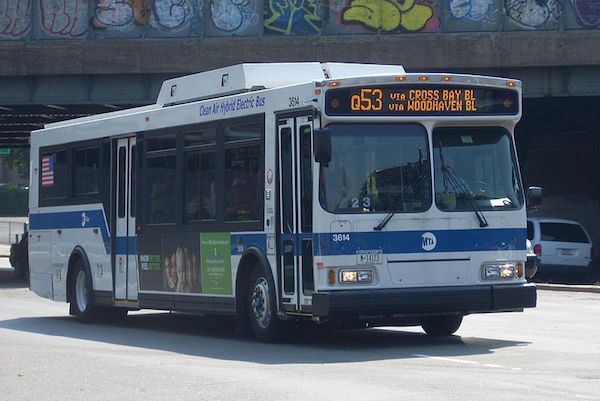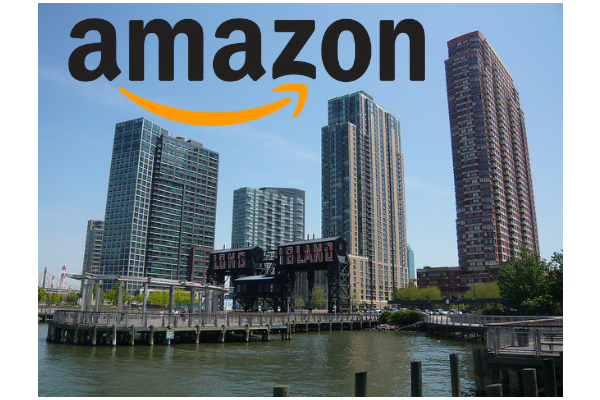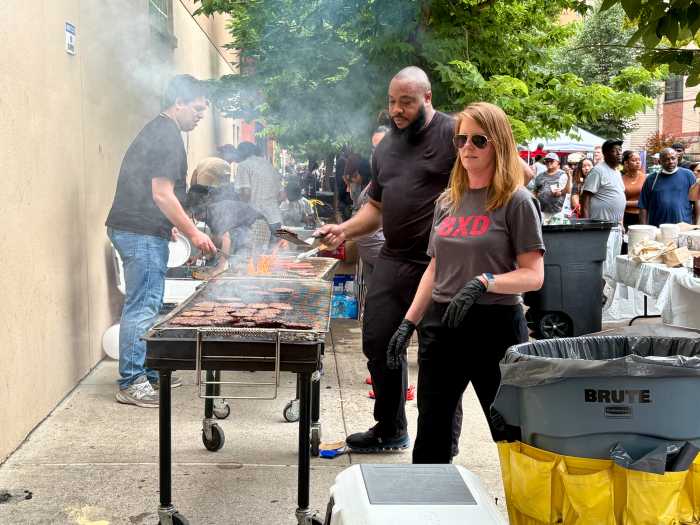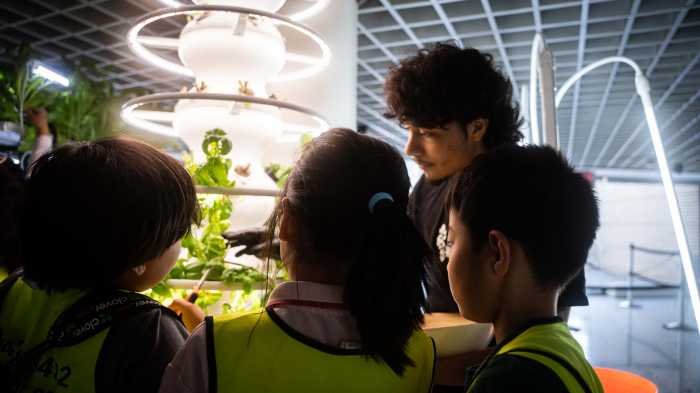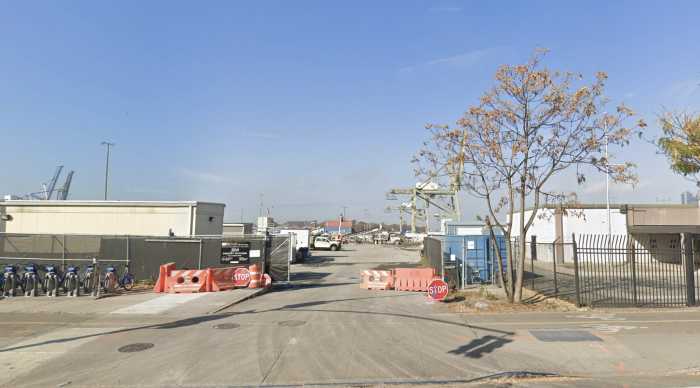Senior MTA personnel announced on Monday at Queens Borough Hall that they are set do a “clean slate” redesign of the bus network in Queens.
This comes on the heels of recent reports depicting ridership declining 2.5 percent from 2016 to 2017 on local buses and ridership dipping one percent on express buses, according to the MTA. The speeds of buses were three percent slower since 2015 at 8.9 mph.
The redesign would make Queens the third borough to undergo a bus network upgrade following the Bronx, which has a draft for reforms being released in May, and Staten Island where advancements have already been made that has increased bus speeds by 12 percent.
The changes being made to the bus network are part of the MTA’s Fast Forward plan, which will reimagine the bus network, accelerate accessibility to riders, and to engage and empower employees, according to MTA. The plan also wants to increase agility, safety, security, resilience, customer service and communication.

“The Queens bus network has not substantially changed in decades and the people of Queens deserve better,” said MTA President Andy Byford. “I’m immensely proud to begin the process of bus network modernization in the city’s largest borough. The reality is that as our city changes, so too must our bus routes.”
For decades the bus system has followed an outdated trolley route as major sections of Queens like Long Island City, Jamaica and Flushing have been booming in both population growth and in business sectors such as its airports, hospitals and universities while the bus service has slowed down and worsened with congestion, according to the MTA.
There are 77 local buses with an average of 700,000 weekly customers, while there are 30 express buses with 14,000 users. The MTA recognizes that its time for some modern improvements for its riders.
According to the Fast Forward Plan, before any redesigns are released the MTA will use data from Metrocards, BusTime GPS feeds and other external transit data, along with survey research and public feedback to assess local, SBS, NICE and express buses, to analyze their performance and reliability.
The MTA will also look to collaborate with the city’s Department of Transportation (DOT) to learn which buses are a priority and design an environmentally sustainable buses.
Transit authority officials are hoping that this holistic approach will expand improvements in priority buses, result in more high frequency and high capacity bus service, speedier and more spaced commuter service, reduce redundant routes and subway competition, better off-peak service and coverage, and modify low-performance routes that are circuitous.
Major plans include the release of an Existing Conditions Report in August, the release of a Draft Plan of Alternative Scenarios in November, and the release of a Final Plan for redesign in April 2020, according to the Fast Forward initiative. A final open house will be in May 2020.
“It’s imperative that New York City Transit do its part to keep up with the rapid and changing nature of growth in one of the city’s most bus-dependent boroughs,” said Byford.
Upcoming open houses will be at the Peninsula Library on May 7th from 7 p.m. to 9 p.m. at 92-25 Rockaway Beach Blvd. in Rockaway Beach, Flushing Library at 6:30 p.m. to 8:30 p.m. on May 21st at 41-17 Main Street and Central Library on May 28th from 7 p.m. to 9 p.m. at 89-11 Merrick Blvd. in Jamaica.

“Everyone understands this is just the beginning of a year-long process to revamp the Queens Bus Network,” said Queens Borough President Melinda Katz. “They’ve committed to going to the Community Boards and to setting up a mechanism so that all riders can have direct input into the redesign of bus transit. The Borough Board looks forward to the first update this September.”
In September, the MTA will present its Existing Conditions Report to leaders of the Community Boards throughout Queens and start to develop the Alternative Scenarios report before releasing it in November.
“Bus network modernization is absolutely critical to the continued success of Queens and I look forward to being a part of it,” said Byford.


